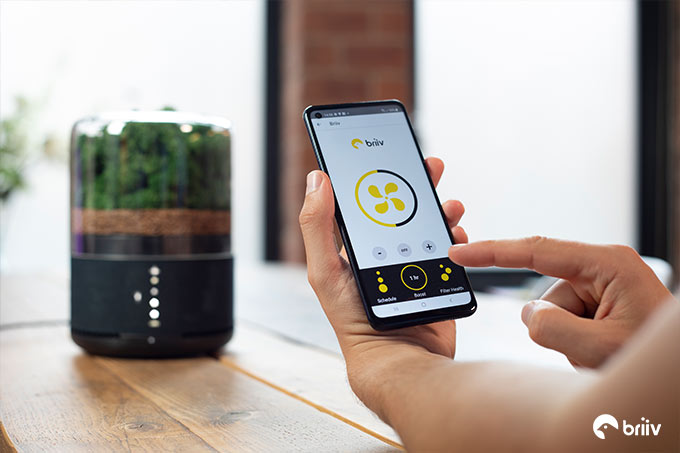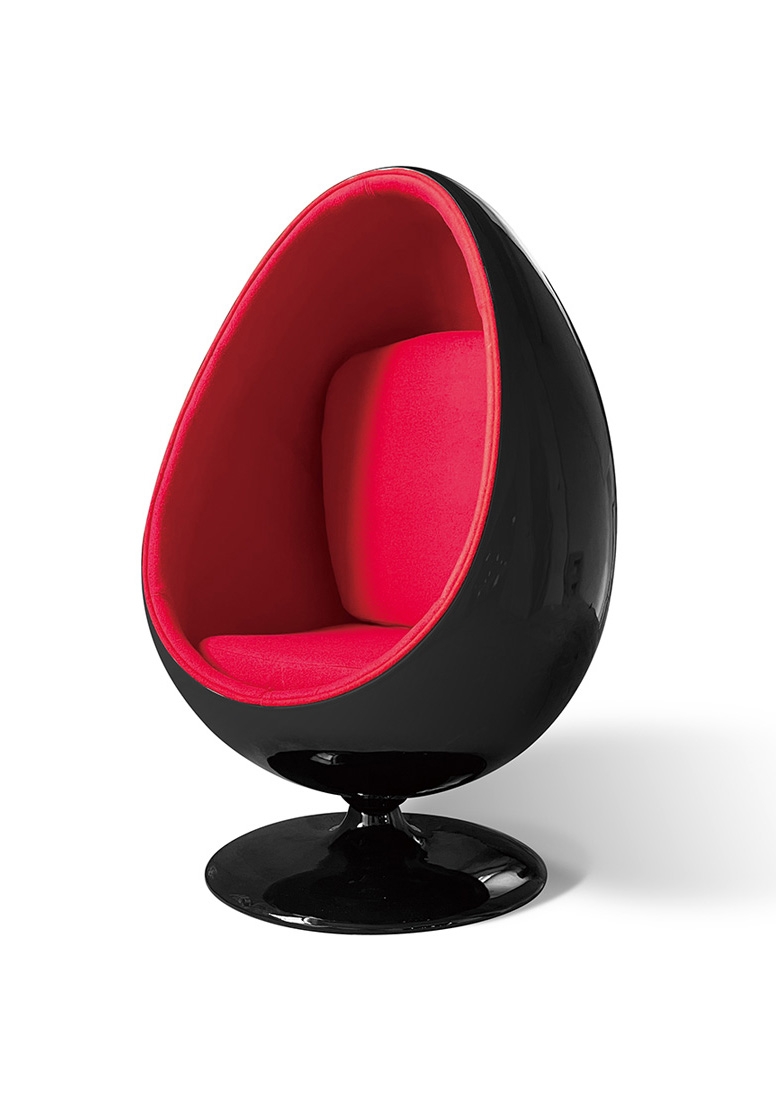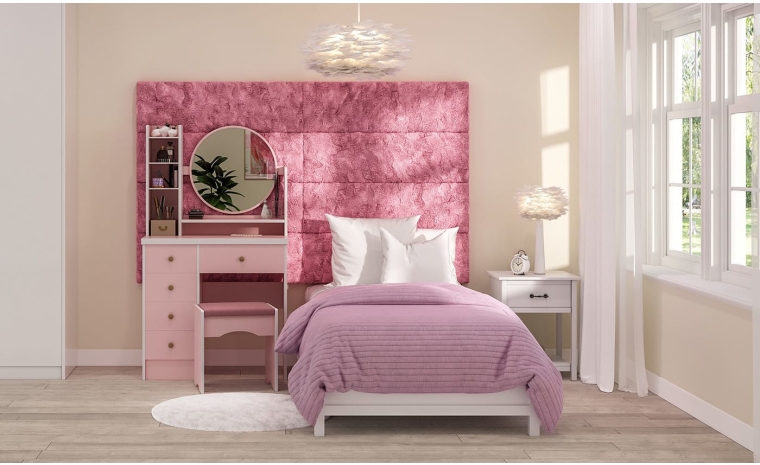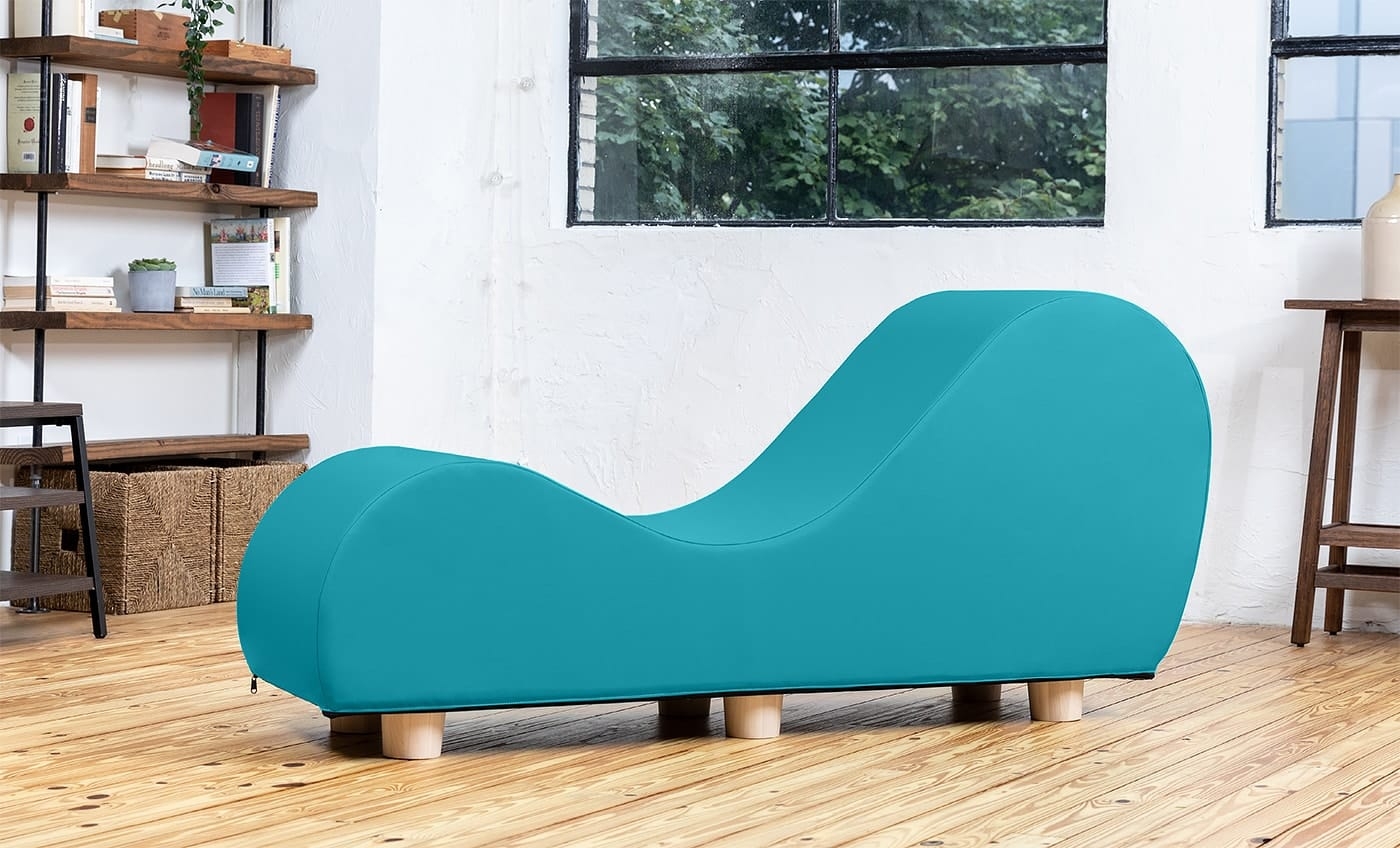Allergies and asthma are two of the most common respiratory conditions affecting people around the world. These conditions can be triggered by a variety of factors, including pollen, dust, pet dander, and other airborne pollutants. For people with allergies and asthma, air purification can play a crucial role in managing their symptoms and improving their overall quality of life. In this blog post, we’ll explore the role of air purification in allergy and asthma management and how it can help people breathe easier.
Reducing Allergens in the Air
One of the primary benefits of air purification for allergy and asthma management is its ability to reduce airborne allergens. Allergens like pollen, dust mites, and pet dander can trigger allergic reactions and asthma symptoms, making it difficult for people to breathe. Air purification systems, such as those that use HEPA filters, can remove these allergens from the air, reducing the concentration of airborne allergens and improving indoor air quality. By reducing the concentration of airborne allergens, air purification can help people with allergies and asthma breathe easier and reduce their symptoms.
Removing Particles and Pollutants
Airborne particles like dust and smoke can also trigger asthma symptoms and aggravate allergies. Air purification systems can help remove these particles from the air, reducing the concentration of pollutants in the air and improving indoor air quality. This is especially important for people living in areas with high levels of air pollution or for those with respiratory conditions that are triggered by pollution.
Preventing the Spread of Illness
People with allergies and asthma are often more susceptible to respiratory illnesses, such as the flu and the common cold. Air purification systems can help prevent the spread of illness by removing viruses and bacteria from the air. This is especially important in public places like schools and hospitals, where people are more likely to come into contact with others who may be sick. By reducing the spread of illness, air purification can help keep people with allergies and asthma healthy and reduce the number of days they need to take off work or school.
Reducing Odors and Chemicals
Certain chemicals and odors can also trigger allergic reactions and asthma symptoms. Air purification systems that use activated carbon filters can help remove these chemicals and odors from the air. This is especially important for people with chemical sensitivities, as exposure to certain chemicals can cause a range of symptoms, including headaches, nausea, and dizziness.
Choosing the Right Air Purification System
When it comes to managing allergies and asthma with air purification, it’s essential to choose the right system. Different types of air purification systems are designed to remove different types of pollutants from the air. HEPA filters are effective at removing particles and allergens from the air, while activated carbon filters are more effective at removing chemicals and odors. Some air purification systems use a combination of filters, which can be more effective at removing a wide range of pollutants from the air.
In addition to choosing the right type of air purification system, it’s also essential to consider the size of the system and the square footage of the room where it will be used. A system that is too small for the room may not be effective at removing pollutants from the air, while a system that is too large may be more expensive to operate.
Conclusion
Air purification plays a crucial role in managing allergies and asthma, helping people breathe easier and reducing their symptoms. By removing airborne allergens, particles, and pollutants from the air, air purification can improve indoor air quality and promote better respiratory health. With so many air purification systems available, it’s essential to choose the right system for your needs, taking into account the type of pollutants you need to remove and the size of the system required. By choosing the right air purification system and using it properly, people with allergies and asthma can breathe easier, reduce their symptoms, and enjoy a better quality of life.
It’s also important to note that while air purification can be helpful in managing allergies and asthma, it is not a replacement for other forms of treatment, such as medication and avoidance of triggers. People with allergies and asthma should continue to follow their treatment plans and work with their healthcare providers to manage their symptoms.
In summary, air purification can play a crucial role in managing allergies and asthma, helping people breathe easier and reduce their symptoms. By removing airborne allergens, particles, and pollutants from the air, air purification can improve indoor air quality and promote better respiratory health. When choosing an air purification system, it’s essential to consider the type of pollutants that need to be removed, as well as the size of the system required. By working with healthcare providers and following treatment plans, people with allergies and asthma can use air purification to manage their symptoms and enjoy a better quality of life.







